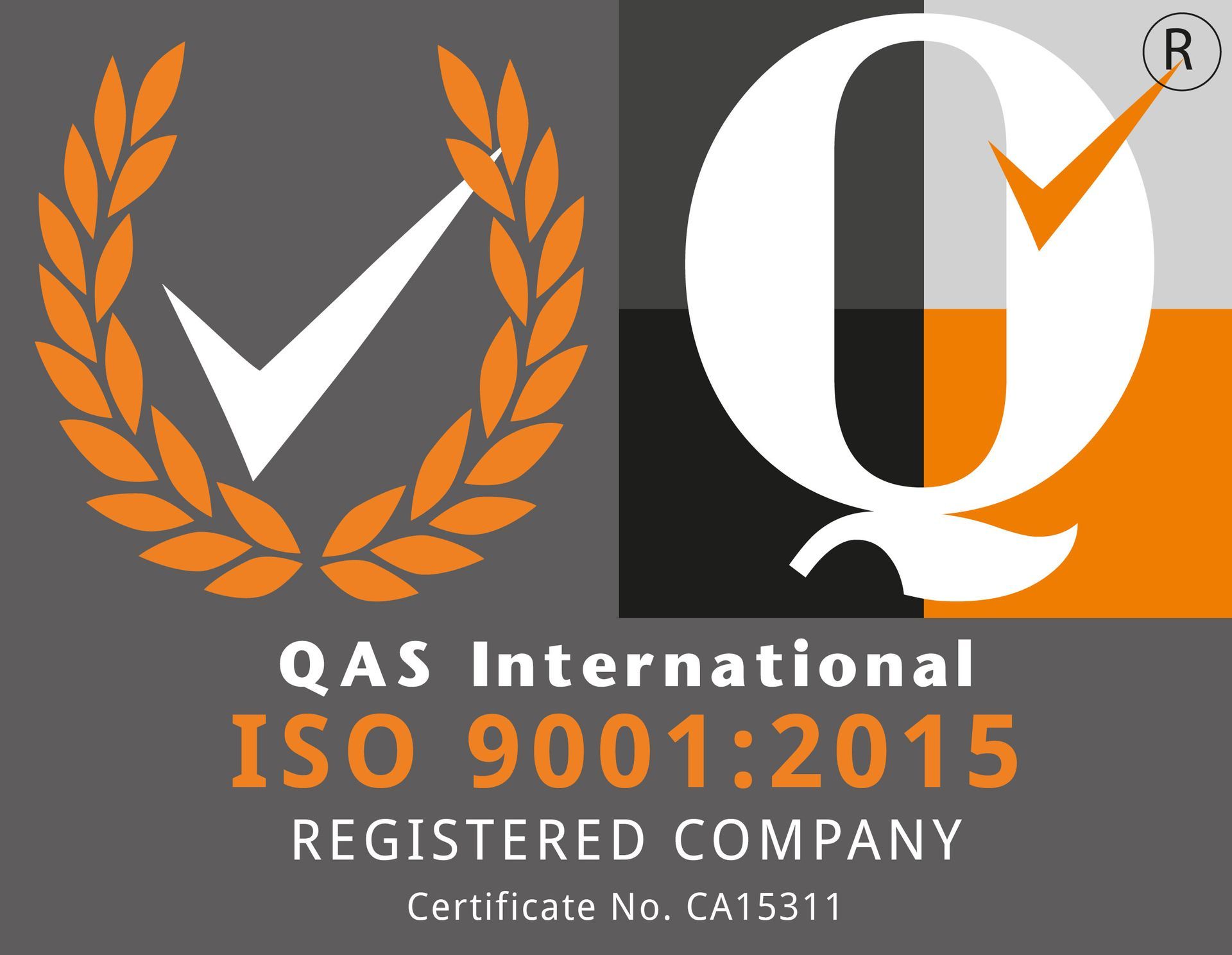Achieving ISO 45001: Unveiling the Benefits of Effective Risk Management and Continuous Improvement
In today's rapidly changing and competitive business landscape, ensuring the safety and well-being of employees is paramount for any organization's success. Workplace accidents, injuries, and health-related issues not only affect employees' lives but also have a significant impact on an organization's productivity and reputation. To address these challenges, the International Organization for Standardization (ISO) introduced ISO 45001, a globally recognized standard for occupational health and safety management systems. One of the key benefits of implementing this standard is the promotion of a systematic approach to identifying, assessing, and managing occupational health and safety risks, leading to continuous improvement.
Promoting a Systematic Approach to Risk Management
ISO 45001 emphasizes a systematic approach to risk management in the workplace. This approach involves identifying potential hazards, assessing their potential impact, and implementing measures to mitigate risks effectively. By adhering to this standard, organizations create a structured framework that ensures all risks are adequately addressed, reducing the likelihood of accidents and incidents that could harm employees or damage company assets.
The systematic risk management process involves several essential steps:
- Hazard Identification:
- Organizations must systematically identify all potential hazards within their workplace, including physical, chemical, biological, ergonomic, and psychosocial hazards. This comprehensive approach helps in identifying risks that might be overlooked in an ad-hoc risk assessment.
- Risk Assessment:
- Once hazards are identified, a thorough risk assessment is conducted to determine the likelihood and severity of potential harm. This allows organizations to prioritize risks and allocate resources efficiently to tackle the most critical issues first.
- Control Measures:
- After assessing risks, the standard requires organizations to implement appropriate control measures to eliminate or minimize the identified hazards. This proactive approach helps in preventing accidents and ensuring a safer working environment.
Continuous Improvement through Ongoing Risk Management
Achieving ISO 45001 certification is not a one-time effort but rather an ongoing commitment to health and safety improvement. The standard encourages organizations to continually monitor and review their health and safety performance, enabling them to identify areas for enhancement.
- Monitoring and Review:
- It emphasizes the importance of monitoring key performance indicators (KPIs) related to health and safety. Regularly reviewing these indicators helps organizations stay on top of potential risks and identify any deviations from their safety objectives.
- Corrective and Preventive Actions:
- In case of any shortcomings or incidents, it requires organizations to take corrective and preventive actions. This approach fosters a culture of learning from mistakes and near-misses, leading to a safer work environment.
- Management Review:
- Top management plays a crucial role in the success of implementation. Regular management reviews allow decision-makers to assess the effectiveness of the health and safety management system, make necessary adjustments, and provide adequate resources to support continuous improvement.
Benefits of Continuous Improvement
By establishing robust processes for ongoing risk management and continuous improvement, ISO 45001 offers several advantages to organizations:
- Enhanced Employee Safety:
- Ensuring a safe and healthy work environment enhances employee morale, reduces absenteeism, and boosts overall productivity. Employees feel valued and are more likely to be engaged in their work when they know their well-being is a priority for the organization.
- Legal Compliance:
- Compliance helps organizations meet legal and regulatory requirements related to occupational health and safety. This minimizes the risk of legal liabilities and penalties due to non-compliance.
- Improved Reputation:
- Demonstrating a commitment to occupational health and safety through certification enhances an organization's reputation both internally and externally. Customers, suppliers, and stakeholders view such organizations as responsible and trustworthy partners.
- Cost Savings:
- Preventing accidents and injuries leads to reduced healthcare costs, workers' compensation claims, and downtime, resulting in substantial cost savings for the organization.
ISO 45001's focus on risk management and continuous improvement offers organizations a structured approach to protect their most valuable assets—their employees. By identifying and mitigating potential hazards, implementing preventive measures, and continually enhancing health and safety performance, organizations can foster a culture of safety, ensuring a thriving and sustainable business environment. ISO 45001 certification not only benefits the workforce but also strengthens an organization's competitiveness, reputation, and bottom line in an ever-evolving global marketplace.




